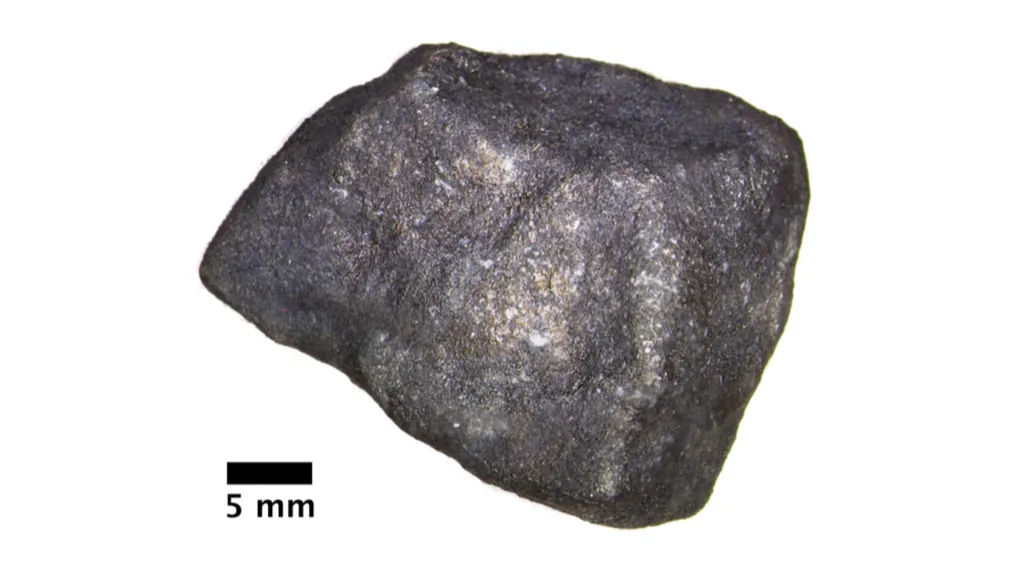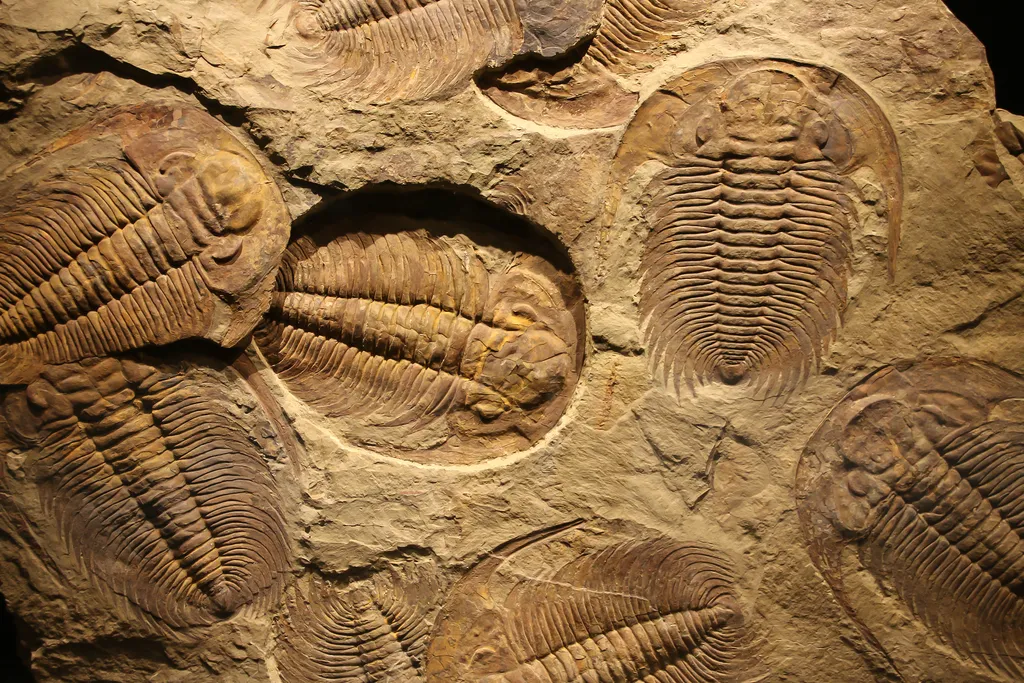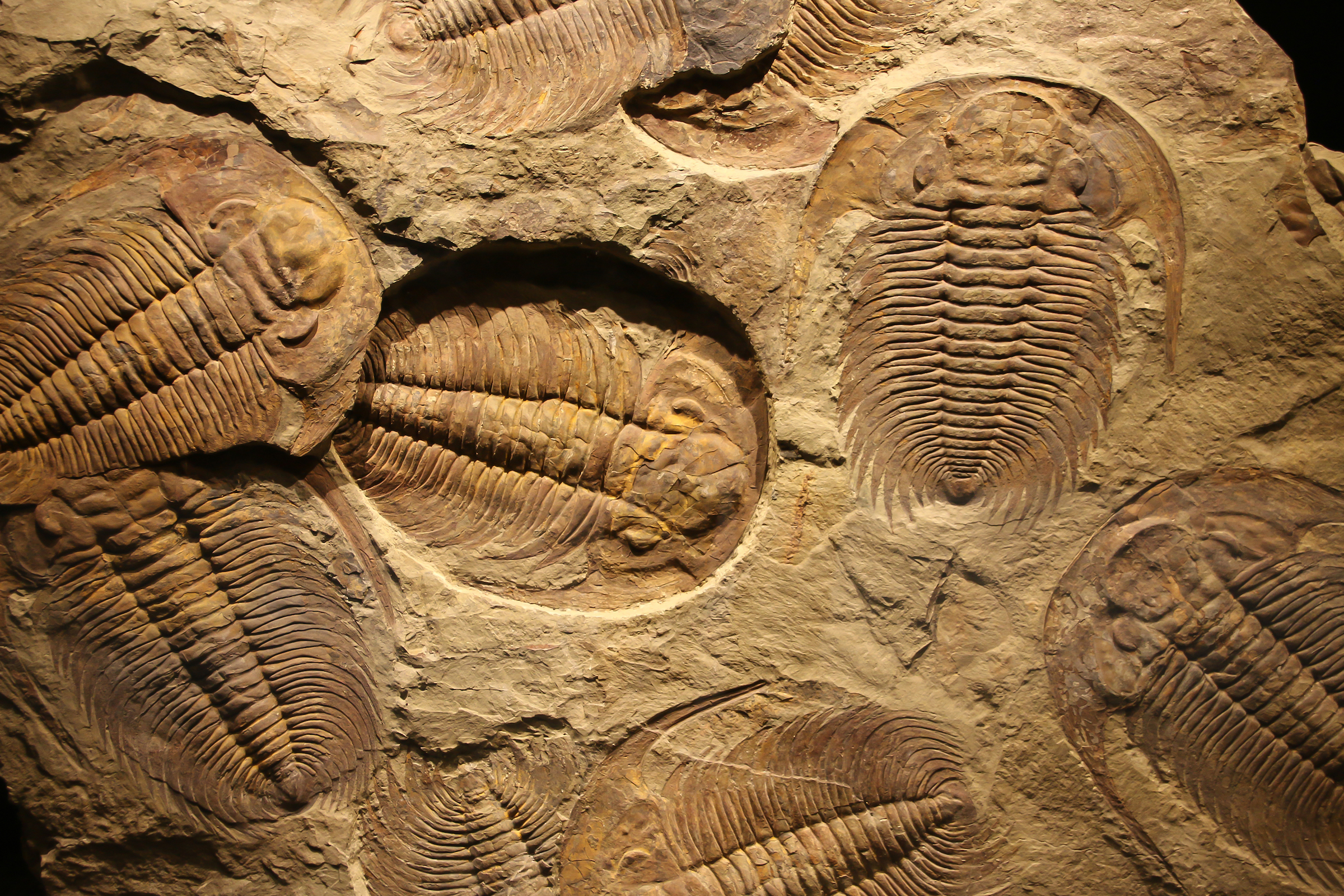I am always enjoying these science news, thank you!
Depending on the definition of 'longest nonstop flight', I am torn to give these 'common swift' guys the medal.
Some staying in the air for a whole 10 months. With alternating sleep in the two brain hemispheres.
Gassho,
Kotei sat/lah today.
Depending on the definition of 'longest nonstop flight', I am torn to give these 'common swift' guys the medal.
Some staying in the air for a whole 10 months. With alternating sleep in the two brain hemispheres.
We equipped common swifts with a micro data logger with an accelerometer to record flight activity (years 1–2) and with a light-level sensor for geolocation (year 2). Our data show that swifts are airborne for >99% of the time during their 10-month non-breeding period; some individuals never settled, but occasional events of flight inactivity occurred in most individuals.
Gassho,
Kotei sat/lah today.






 ....
....




Comment